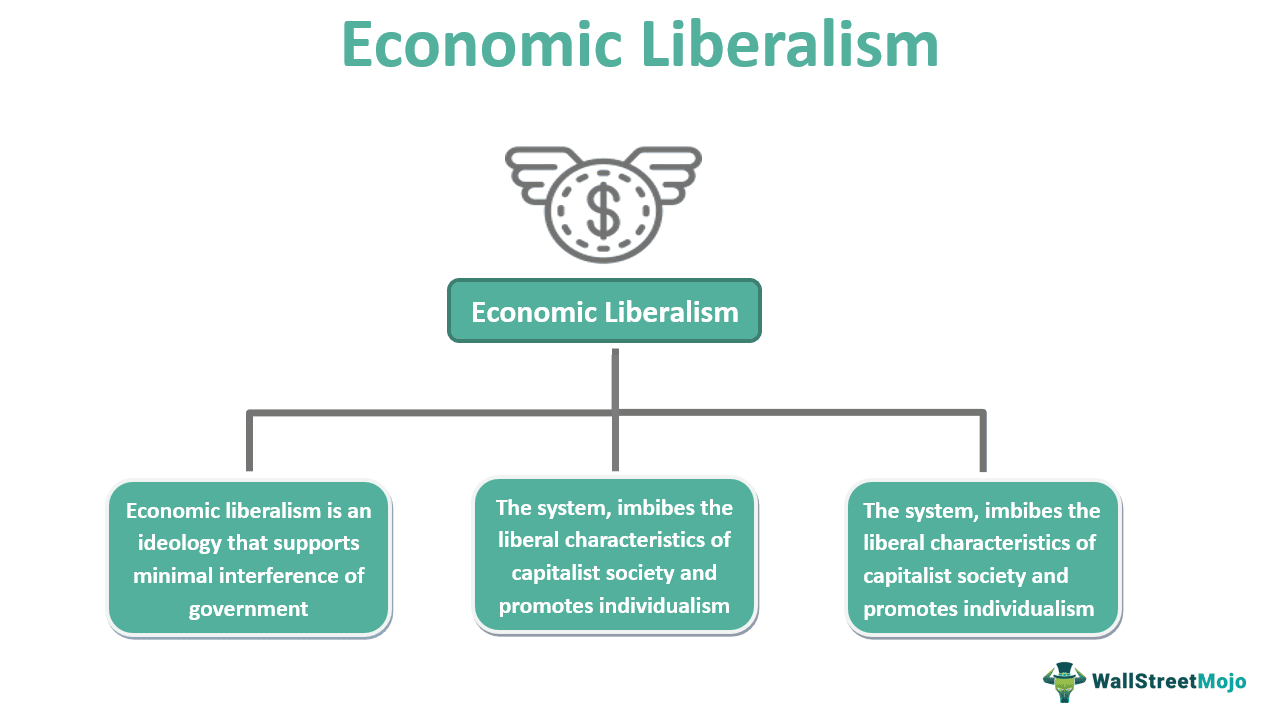TikTok's Influence On ADHD Perceptions

Table of Contents
TikTok's Role in Raising ADHD Awareness
TikTok's short-form video format has proven surprisingly effective in raising ADHD awareness. The platform's accessibility and focus on relatable personal experiences have created a space for open discussion and connection.
Positive Representations on TikTok
Many TikTok creators are using the platform to share their lived experiences with ADHD, challenging stereotypes and fostering a sense of community. These positive representations normalize ADHD symptoms, promote self-acceptance, and encourage those struggling to find support. Hashtags like #ADHD, #ADHDawareness, and #neurodiversity have gained significant traction, facilitating connection and information sharing among a large audience. The impact of this relatable content is undeniable, leading to a reduction in stigma and increased empathy towards individuals with ADHD.
- Successful ADHD Awareness Campaigns:
- Creators partnering with ADHD organizations to spread factual information.
- Viral challenges promoting understanding and acceptance of neurodiversity.
- Live Q&A sessions with ADHD professionals, addressing common misconceptions.
Challenges of Self-Diagnosis Trends on TikTok
While TikTok fosters community, a significant concern is the rise of self-diagnosis trends. Videos offering quick "tests" or suggesting ADHD based on limited information are widespread. This is dangerous because it can lead to inaccurate self-diagnoses, delaying proper professional assessment and potentially hindering access to appropriate support. It's crucial to remember that ADHD is a complex neurodevelopmental disorder requiring a comprehensive evaluation by a qualified healthcare professional, not a TikTok quiz.
- Examples of Misleading ADHD Information:
- Videos equating common traits with definitive ADHD symptoms.
- Promoting unproven "cures" or treatments for ADHD.
- Sharing anecdotal evidence without scientific backing.
The Impact of ADHD-Related Trends and Challenges
The virality of certain ADHD-related trends on TikTok presents a double-edged sword. While some trends successfully raise awareness, others inadvertently perpetuate misconceptions or trivialize the condition.
Viral Trends and Their Implications
Viral challenges, filters, and sounds related to ADHD can capture attention and generate conversations. However, the inherent simplicity of these trends might oversimplify the complexities of ADHD, leading to a superficial understanding.
Misinformation and its Consequences
The spread of misinformation regarding ADHD on TikTok is a serious concern. Myths, stereotypes, and inaccurate information can negatively impact individuals with ADHD and their families. Misinformation can lead to stigmatization, delayed diagnosis, and hinder access to effective treatment.
The Role of Algorithms and Content Recommendations
TikTok's algorithm, designed to maximize engagement, can inadvertently contribute to echo chambers. Users may primarily encounter information reinforcing pre-existing beliefs, limiting their exposure to diverse perspectives and potentially exacerbating misinformation.
- Examples of Misinformation and its Consequences:
- The false belief that ADHD is simply a lack of willpower or discipline.
- The inaccurate portrayal of ADHD as only affecting children.
- The promotion of ineffective or even harmful "treatments" without scientific basis.
Navigating TikTok for Accurate ADHD Information
While TikTok presents challenges, it's not without its benefits. Navigating the platform responsibly requires critical thinking and a discerning approach.
Identifying Reliable Sources
When seeking information about ADHD on TikTok, prioritize creators who:
- Clearly state their credentials or expertise.
- Cite reputable sources like the CDC or NIMH.
- Present balanced and nuanced perspectives.
Critical Consumption of Online Content
Always practice critical thinking. Cross-reference information from TikTok with reliable sources outside the platform. Don't rely solely on anecdotal evidence.
Seeking Professional Help
The most crucial takeaway is that a professional diagnosis is essential. TikTok should not replace a consultation with a qualified healthcare professional such as a psychiatrist, psychologist, or pediatrician.
- Checklist of Questions to Ask Before Trusting ADHD Information:
- Is the creator qualified to speak on this topic?
- Are the claims supported by reputable sources?
- Does the information seem balanced and unbiased?
- Is the information consistent with what I've learned from reliable sources?
Conclusion
TikTok's influence on ADHD perceptions is multifaceted. The platform's reach allows for increased awareness and community building around ADHD, creating positive changes in public understanding and fostering a sense of belonging. However, the prevalence of misinformation and self-diagnosis trends necessitates a cautious approach. Understanding ADHD on TikTok requires critical thinking, responsible content consumption, and a commitment to seeking professional help for diagnosis and treatment. Use TikTok responsibly for ADHD information, prioritize verified sources, and remember that a professional diagnosis is key to effective management. Responsible TikTok use for ADHD information is paramount for fostering accurate understanding and support.

Featured Posts
-
 Get Capital Summertime Ball 2025 Tickets A Practical Guide For Fans
Apr 29, 2025
Get Capital Summertime Ball 2025 Tickets A Practical Guide For Fans
Apr 29, 2025 -
 Porsche Pardavimai Lietuvoje 2024 M 33
Apr 29, 2025
Porsche Pardavimai Lietuvoje 2024 M 33
Apr 29, 2025 -
 Trumps Next 100 Days A Deep Dive Into Trade Deregulation And Executive Actions
Apr 29, 2025
Trumps Next 100 Days A Deep Dive Into Trade Deregulation And Executive Actions
Apr 29, 2025 -
 One Year Ban Saudi Wealth Fund Restricts Pw Cs Advisory Work
Apr 29, 2025
One Year Ban Saudi Wealth Fund Restricts Pw Cs Advisory Work
Apr 29, 2025 -
 Us Shoppers Bear The Brunt How Trump Tariffs Inflate Temu Prices
Apr 29, 2025
Us Shoppers Bear The Brunt How Trump Tariffs Inflate Temu Prices
Apr 29, 2025
Latest Posts
-
 Federal Funding Cuts A Deep Dive Into Trump Countrys Struggle
Apr 30, 2025
Federal Funding Cuts A Deep Dive Into Trump Countrys Struggle
Apr 30, 2025 -
 Richmond Gun Case Man Sentenced For Endangering Child
Apr 30, 2025
Richmond Gun Case Man Sentenced For Endangering Child
Apr 30, 2025 -
 Man Sentenced After Hiding Gun From Child In Richmond
Apr 30, 2025
Man Sentenced After Hiding Gun From Child In Richmond
Apr 30, 2025 -
 How Federal Funding Cuts Affect Trump Countrys Economy
Apr 30, 2025
How Federal Funding Cuts Affect Trump Countrys Economy
Apr 30, 2025 -
 Destination Nebraska Act And The Future Of Gretnas Rod Yates Project
Apr 30, 2025
Destination Nebraska Act And The Future Of Gretnas Rod Yates Project
Apr 30, 2025
